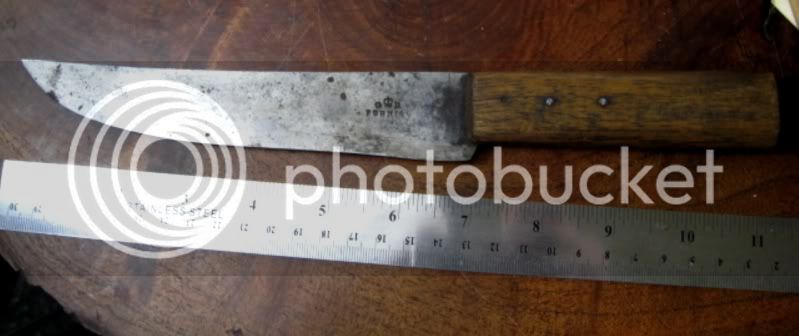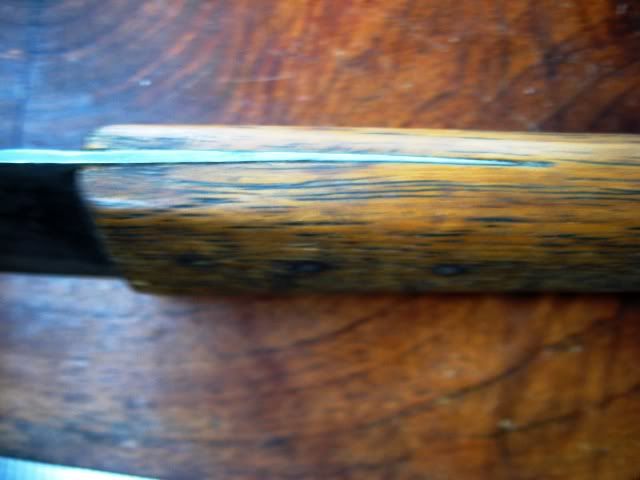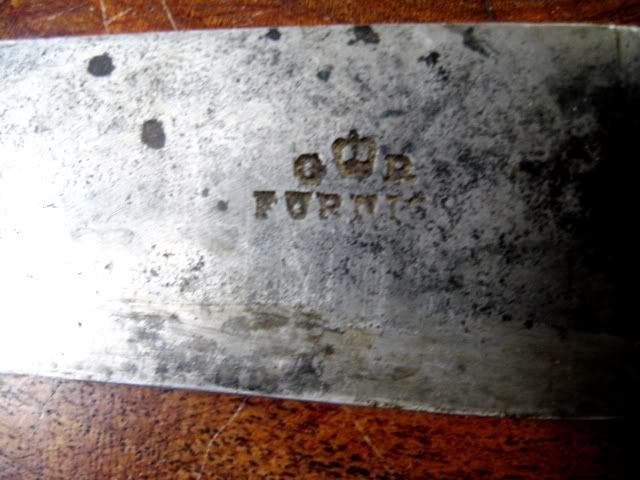Black Hand
Cannon
- Joined
- Mar 17, 2005
- Messages
- 9,348
- Reaction score
- 897
I am interested in the timeline of trade knives/scalpers in the 18-19th century.
When was the tapered partial tang replaced by the untapered partial tang?
When was the tapered partial tang replaced by the untapered partial tang?








